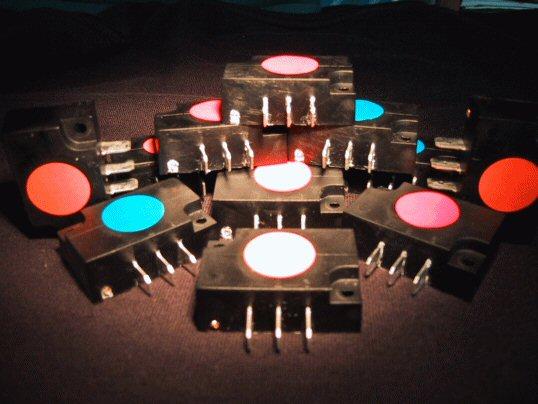
Using a new approach to proximity sensing, the sensor module provides a potentiometric output, varying between the supply rails, depending on the proximity of a section of non-ferrous metal to the target area on the face of the module. Order codes 2AL2002 and 2AL2015 ( see datasheet bottom of page for specification)
Operation is simply achieved by arranging for a piece of non-ferrous metal to either approach, or pass across, the face of the module as the pedal is depressed.
The Sloan transducer module is of robust construction and is encapsulated using an epoxy resin in a flame retardant case to enable reliable use in harsh environments where wide temperature or humidity ranges can occur. The flat design makes it suitable for use in positions where access is impossible with other threaded rod type transducers.
Both switching and analogue voltage or current output transducers are available. Versions with supply current of less than 1ma are common and therefore provide a very efficient interface with almost any control system.
As no mechanical connection is made between the “target” and the transducer, no wear takes place, providing, in the case of the analogue transducer, a control method that can last a lifetime.
The very repeatable output allows for positional control of objects of any size to much less than 1mm at an
unbelievably competitive price.
APPLICATIONS
Applications range from its use to replace potentiometers, including centre zero types in accelerator units for
electric vehicles, position sensors on hydraulic rams, cranes or any situation which requires the sensing of the
relative position of two separate objects. The standard transducer operates with only non ferrous, conductive
materials or non conductive magnetic materials, so despite being only 15mm thick, it may be assembled directly onto steel plate and detect the presence of Aluminium or Brass plate at a distance of up to 20mm from the transducer target area. They are sensitive to materials of any thickness and can even detect the difference betweenplated and unplated mild steel. DATASHEET